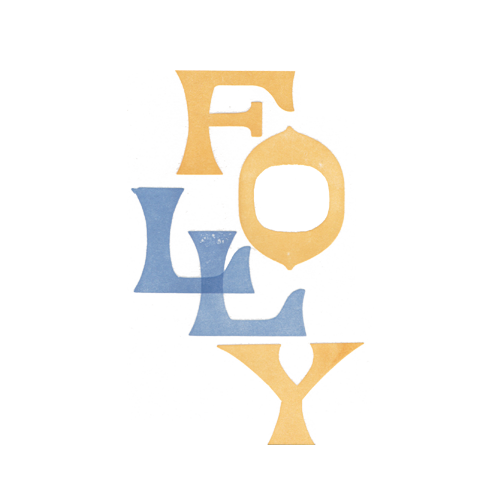The fact that a building in the Albano hills above Rome has been known since the 18th century as the ‘so called’ mausoleum of the Horatii and Curiatii speaks volumes: it was in fact constructed on the Appian Way centuries after the legendary rival Horatii and Curiatii triplets are said to have battled for their pride and people. But the legend and the sham sepulchre must have made an impression: back home in England it inspired at least three monuments in landscape gardens.
North Yorkshire
The Temple, Escrick Park, North Yorkshire
The Temple at Escrick Park (historically part of the East Riding, but now in North Yorkshire) sits at the end of a ride from the mansion, which is now home to Queen Margaret’s School for girls. The garden ornament was under construction in 1812, when the steward wrote to the estate’s owner, Richard Thompson, to warn that it would not be completed in time for his upcoming visit. Thompson’s response is not recorded, but he must have been delighted with the building when it was eventually finished.
Hail, Castle Howard!
Hail, Castle Howard! Hail, Vanbrugh’s noble dome
Where Yorkshire in her splendour rivals Rome!
Thus wrote John Betjeman in a poem composed for Bird’s-Eye View: The Englishman’s Home, a documentary scripted and mellifluously-narrated by Betjeman, which was first shown on BBC2 in April 1969. Many great houses are featured in the film, but a highlight for the Folly Flâneuse is Castle Howard, in North Yorkshire.
Hunmanby Arch, Hunmanby, North Yorkshire
Few follies can be said to have directly contributed to coastal erosion, but one example can be found in the lovely little village of Hunmanby, near Filey. Early in the 19th century Humphrey Osbaldeston, of Hunmanby Hall, took stone from the rocky coastal outcrop called Filey Brigg, and used it to erect this rustic entrance arch.
Lund’s Tower and Wainman’s Pinnacle, Sutton in Craven/Cowling, North Yorkshire
The Folly Flâneuse is playing safe here with the locations of these two structures, as the inhabitants of the villages of Cowling and Sutton in Craven, south of Skipton, each claim a monument as their own. Locals are at least agreed on a nickname: for very obvious reasons the tower and pinnacle are known as the Salt and Pepper Pots.
The Grotto, Ingleborough Hall, Clapham, North Yorkshire
Constructed early in the 19th century, this rocky grotto was built in the grounds of Ingleborough Hall, home to the Farrer family. Later it was a favoured spot of Elizabeth Farrer (1853-1937), and has thus became known by the wonderfully comforting name of Aunt Bessie’s Grotto. Here tea was served by the staff, whilst the family enjoyed the wonderful view to Thwaite Scars.
Greygarth Tower, Dallowgill, near Kirby Malzeard, North Yorkshire
Legend has it that centuries ago local ploughboys built a tower on Greygarth Hill to mark the spot where the last wolf in the region was killed. It’s a great story (but probably a myth) and the tower that stands on the spot today commemorates Queen Victoria.
The Folly, Harlow Carr, Harrogate, North Yorkshire
The Folly Flâneuse is beginning to feel festive after a visit to Harlow Carr in Harrogate. The Royal Horticultural Society’s Yorkshire garden is bathed in colour on selected evenings until the end of the year, and of course a highlight for this particular visitor was the beautifully lit Folly.
The Banqueting House, Weston, near Otley, North Yorkshire
Being a flâneuse is harder than it sounds, and occasionally one needs a little help from one’s friends. So introducing the first of a series of occasional posts by guest writers. Susan Kellerman, aka The Couth Companion, recounts the history of a garden ornament built for puddings and panoramas.
Castle Folly, Leyburn, North Yorkshire
This sham castle folly was built to ornament the ‘beautiful grounds’ of the house which is now called Thornborough Hall, on the edge of Leyburn in the Yorkshire Dales*. Part of the gardens was developed for housing in the 20th century, but there is still plenty of interest if one sets off to explore the woodland behind the hall.










